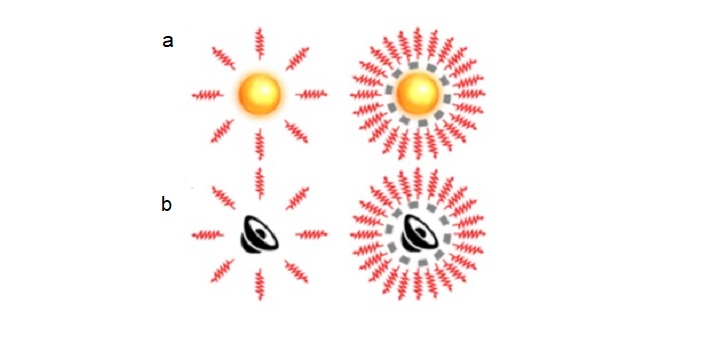
Applied Mathematics and Computational Sciences
Making loudspeakers resonate like atoms
Tiny loudspeakers can efficiently produce low-frequency sounds due to effects similar to the quantum physics governing atoms.
Page 9 of 13

Applied Mathematics and Computational Sciences
Tiny loudspeakers can efficiently produce low-frequency sounds due to effects similar to the quantum physics governing atoms.
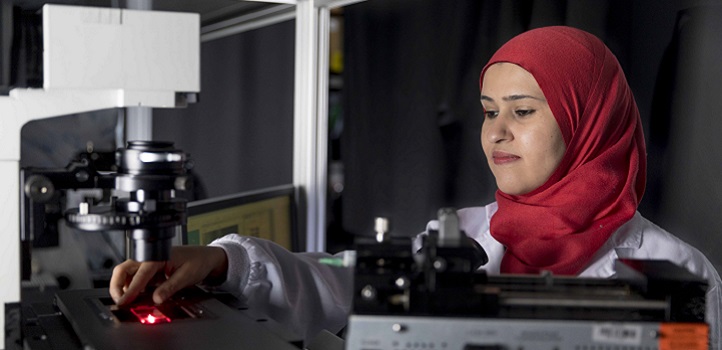
Bioscience
An unexpected two-step mechanism occurs when cells copy DNA.

Material Science and Engineering
The interface between two tin-oxide semiconductors can exhibit unexpected metallic properties.
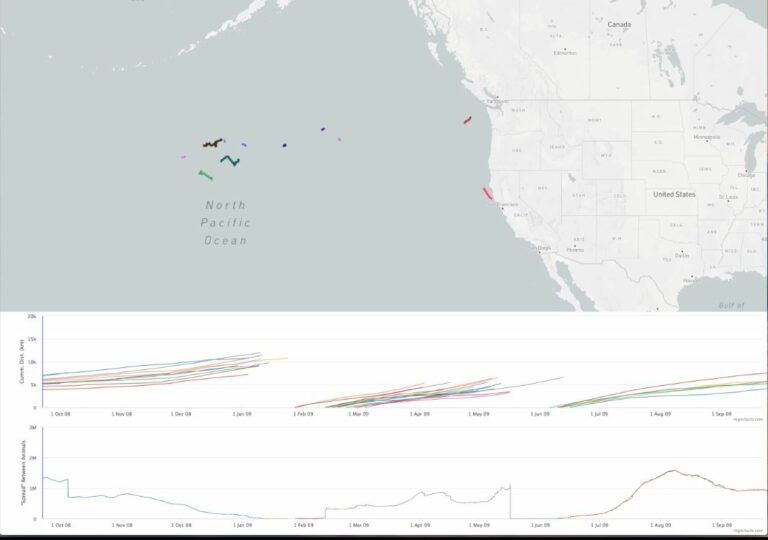
Marine Science
Adding sound to elephant seal migration data reveals high levels of coordination when swimming long distances.
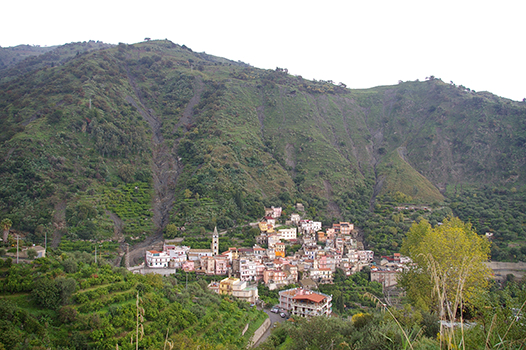
Statistics
Rainfall simulations in statistical models could allow accurate prediction of dangerous landslides.
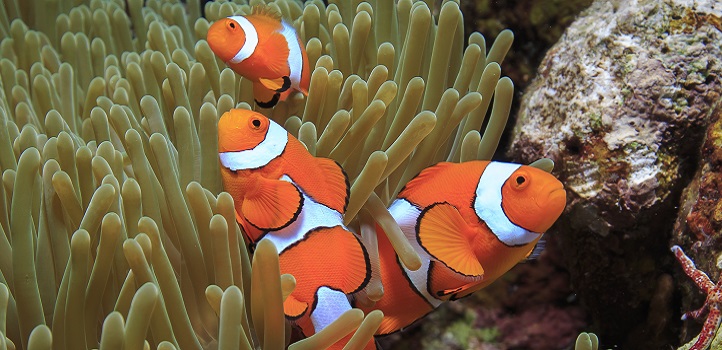
Marine Science
Nemo’s genome has been deciphered and made publicly available, helping researchers further investigate fish ecology and evolution.
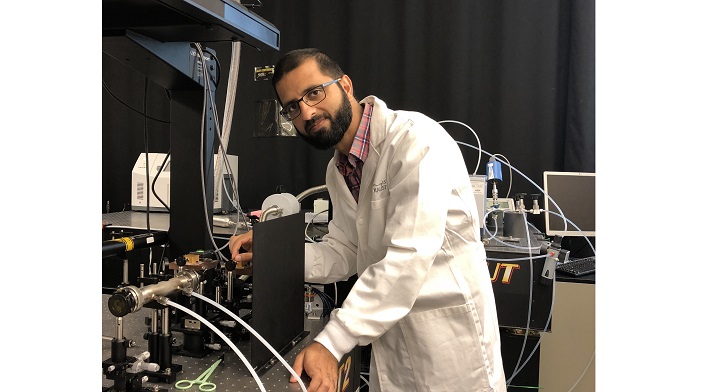
Mechanical Engineering
Spotting signatures of potential pollutants made easier with quantum lasers that emit tunable infrared light.
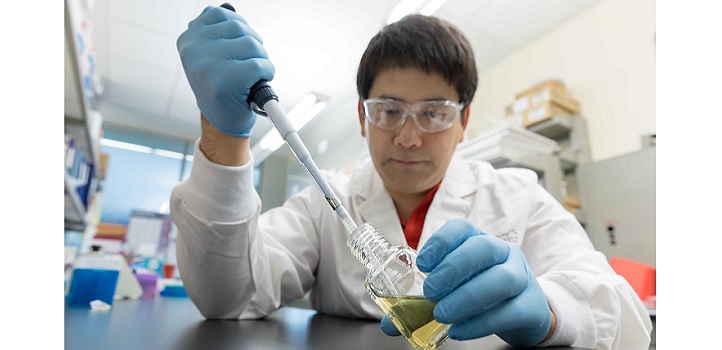
Bioscience
Protein analysis could lead to new advances in DNA sequencing technologies.
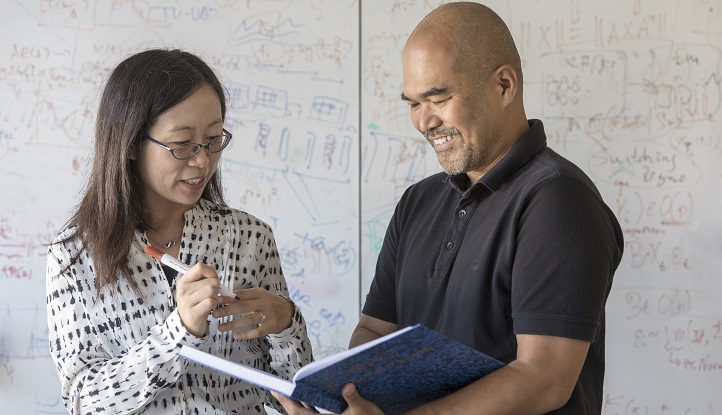
Statistics
Mapping genetic influences on connections between neural networks could lead to a better understanding of brain organization and behavior.
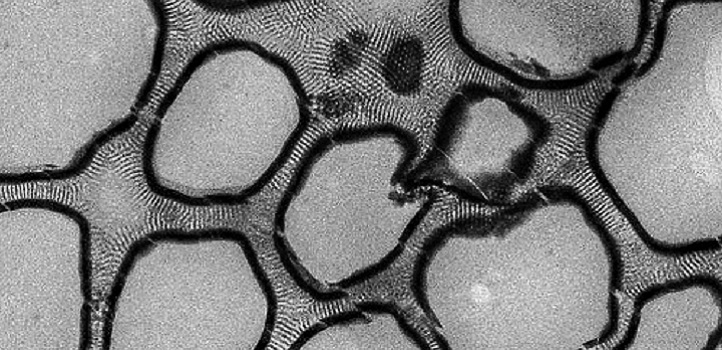
Environmental Science and Engineering
A fast and safe method to prepare a 3D porous material that mimics the shape of a honeycomb could have broad applications from catalysis to drug delivery or for filtering air to remove pollutants or viruses.

Earth Science and Engineering
Advanced analysis of seismic data could lead the next wave in oil exploration.
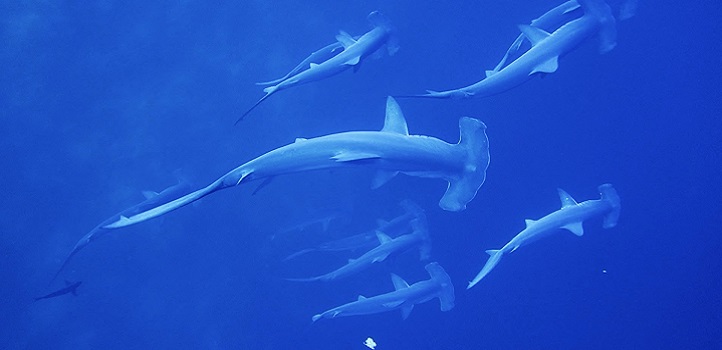
Marine Science
Big data shows that large marine vertebrates move differently, but consistently, through coastal and ocean waters.
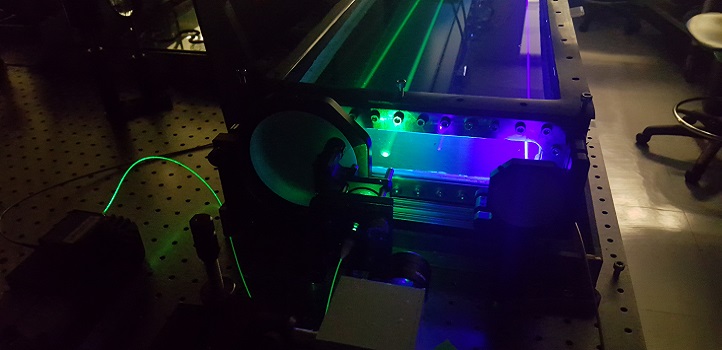
Computer Science
An optical communication system could revolutionize underwater exploration and discovery.
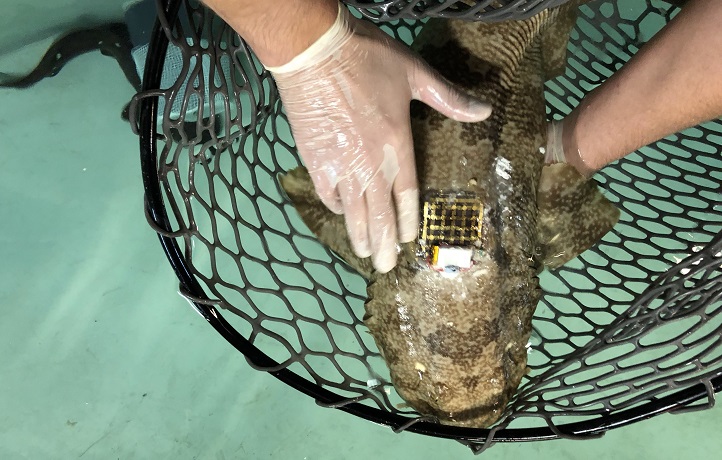
Marine Science
An electronic tag that stretches and flexes while it records location and environmental data can monitor marine animals in their natural habitat.
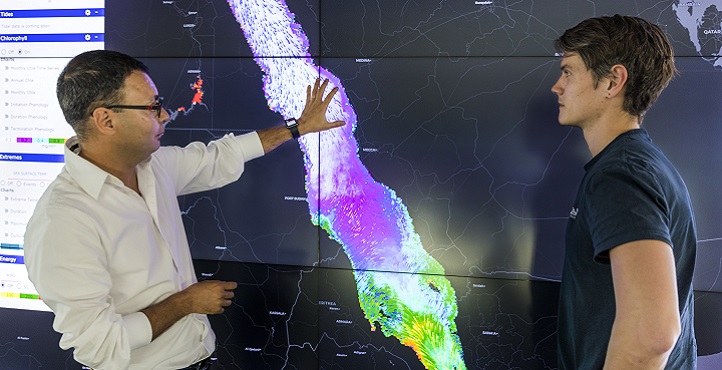
Earth Science and Engineering
Color changes in the northern Red Sea indicate rising sea temperatures could significantly impact tropical marine ecosystems.
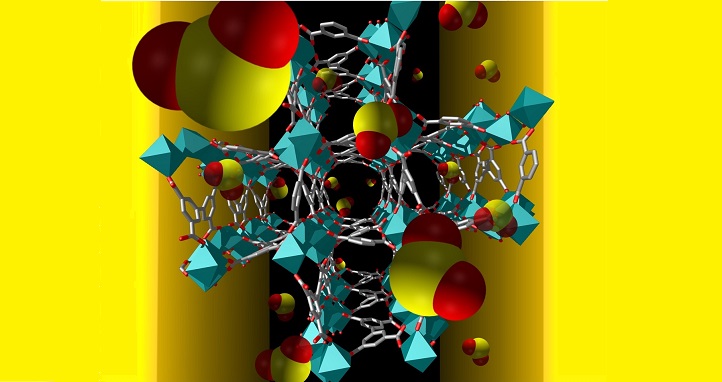
Chemistry
Custom-made gas-sensing material could lead to inexpensive devices for real-time air-quality analysis.
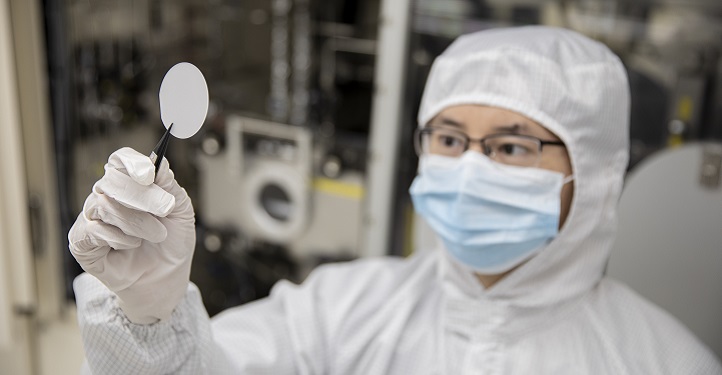
Electrical Engineering
Precise control of the atomic structure of gallium oxide layers improves the development of high-power electronic devices.
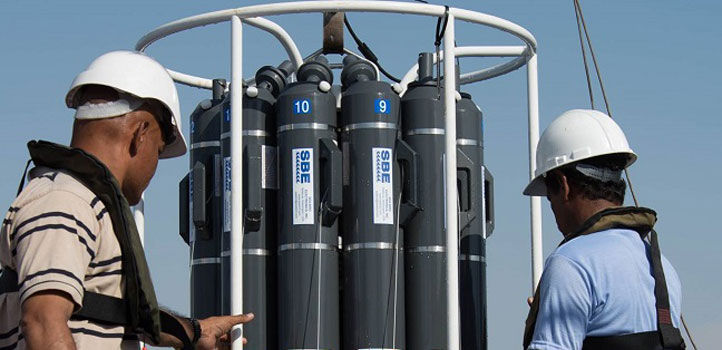
Marine Science
Turbulence and nutrient availability drive changes in Red Sea microbes.
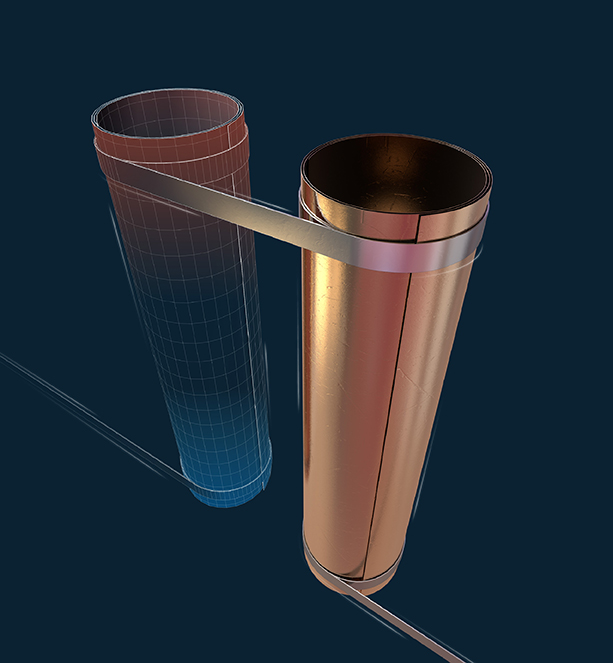
Electrical Engineering
Ultrathin films curve up into long, light and cost-effective heat-harvesting tubes for high-power generation.
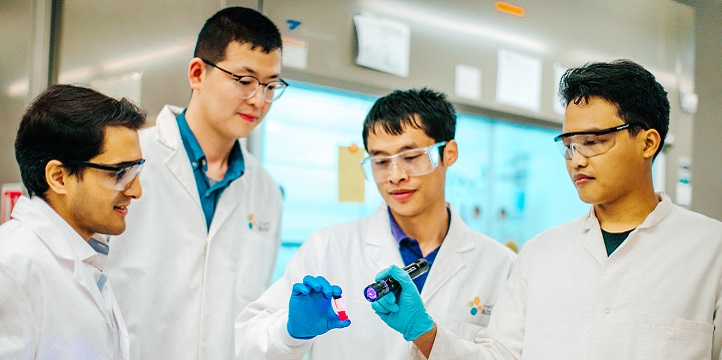
Material Science and Engineering
Perovskite particles could improve the performance of solar cells and light-emitting diodes via a simple process to stabilize the nanocrystal surface.
Bioscience
A new malaria metabolic model may uncover better ways to treat a highly deadly disease.
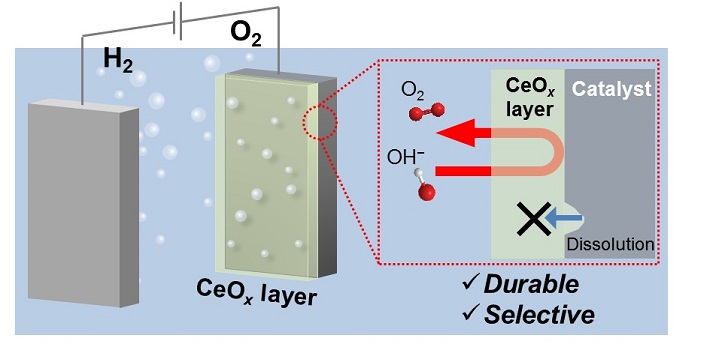
Chemistry
A porous cerium-based coating boosts the durability of oxygen-forming catalysts while maintaining their inherent water-splitting activity.

Electrical Engineering
An innovative chemical reactor for depositing semiconductors at very high temperatures draws on the strength of Saudi Arabia’s chemical industry.
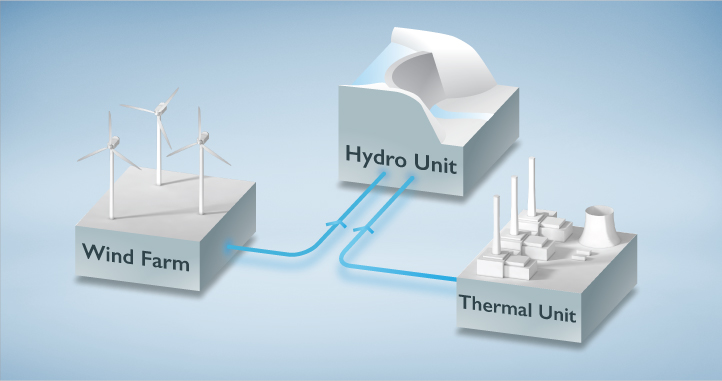
Chemistry
A risk-based optimization scheme boosts confidence and profitability for future mixed-technology power plants.
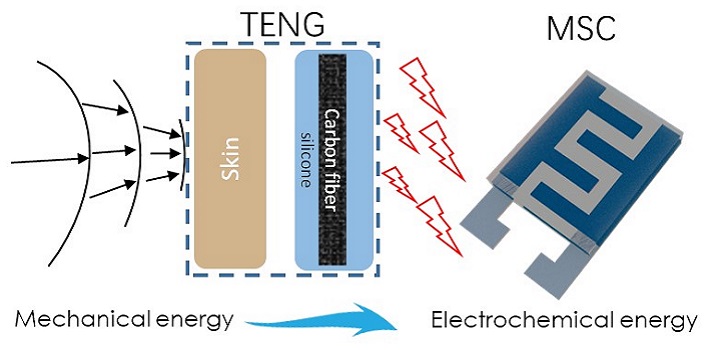
Material Science and Engineering
Standalone power modules that harvest and convert vibrations from their surroundings into electricity could soon fuel future microsystems.
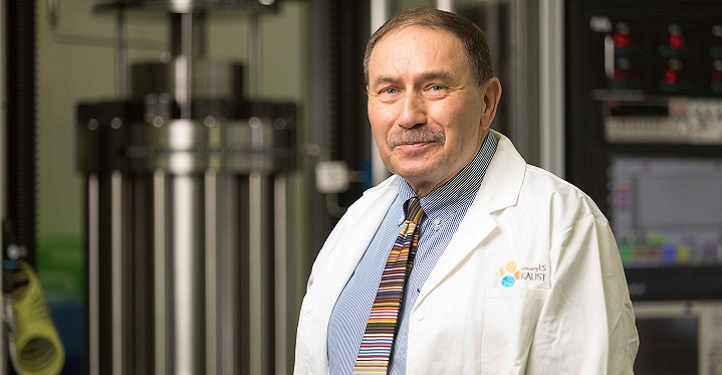
Energy Resources and Petroleum Engineering
Oil expert Tadeusz Patzek aims to ensure that efficient recovery of oil and gas remains feasible whilst scientists find alternative green energy sources.

Electrical Engineering
A new ink containing iron oxide nanoparticles can be turned into fully printed and versatile components for cellular networks.
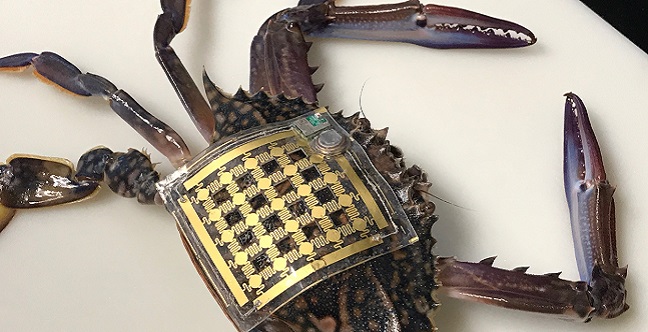
Electrical Engineering
From farming to healthcare, there are few areas of our lives that couldn’t be enhanced by incorporating flexible CMOS electronics.
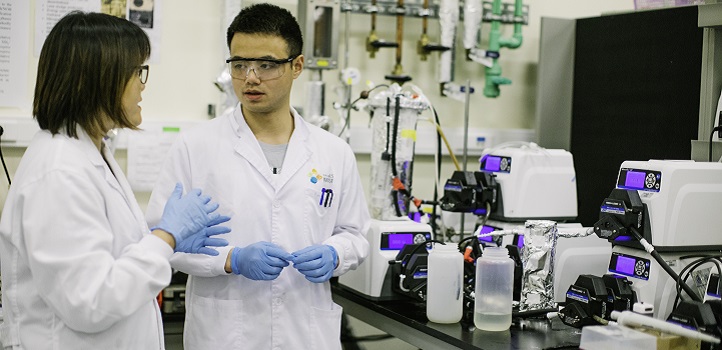
Environmental Science and Engineering
A grimy layer on wastewater filters could slow the spread of antibiotic resistance.
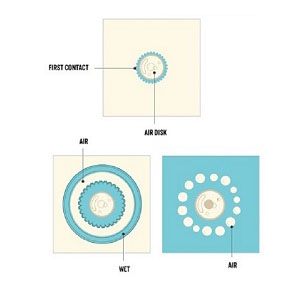
Material Science and Engineering
Spray coating and inkjet-based electronics manufacture are among the industrial applications in which liquid droplets are applied to a surface. But minuscule air bubbles that get trapped beneath the droplet as it lands can affect the coating’s quality and uniformity.

Statistics
Faster computations will allow researchers to see the finer details of brain activity in functional brain imaging.
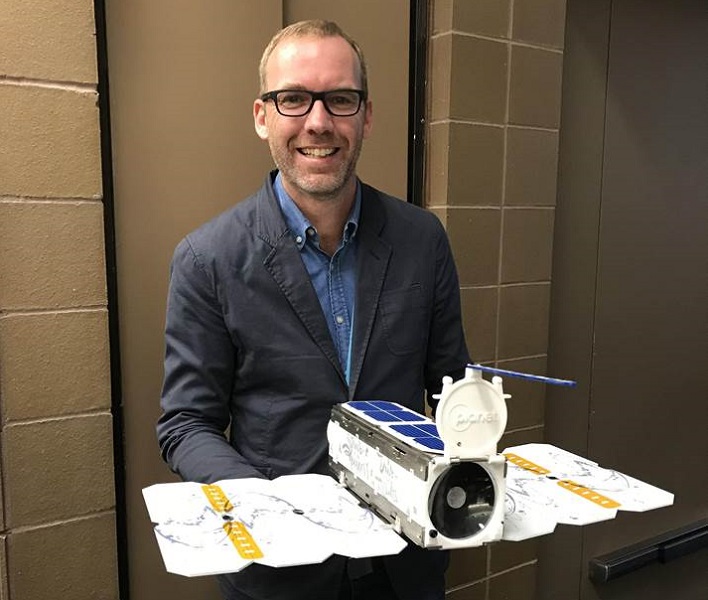
Environmental Science and Engineering
The availability of high-resolution data collected by miniaturized satellites heralds a turning point in Earth and environmental sensing from space.
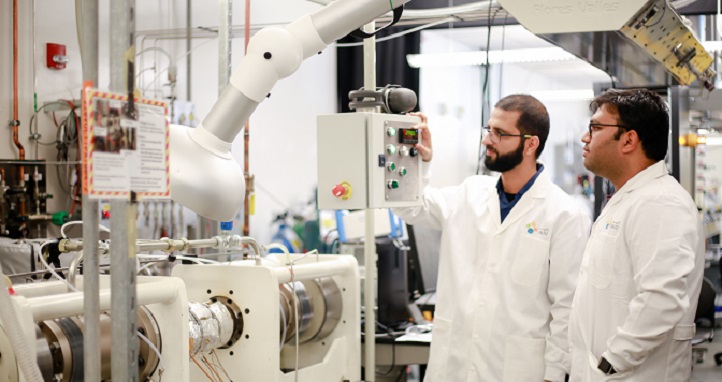
Mechanical Engineering
A technique modeling the combustion characteristics of gasoline blended with biofuels for cleaner and more efficient fuels.
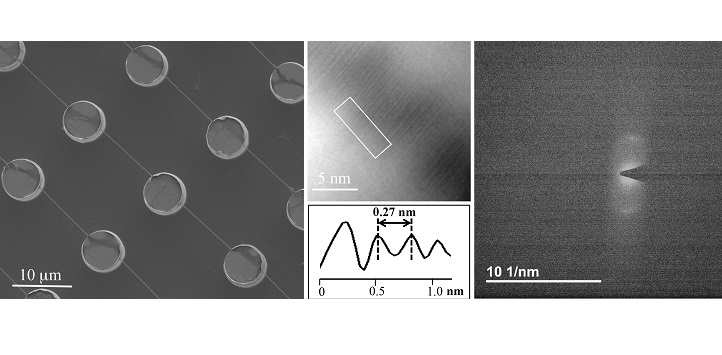
Material Science and Engineering
New method offers a means of efficient and high-throughput technique to study the structure of DNA.
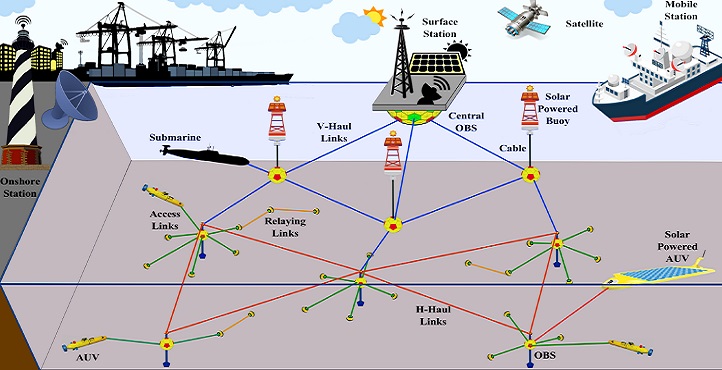
Electrical Engineering
Unveiling new strategies to improve future wireless underwater sensing networks for marine research and communication.
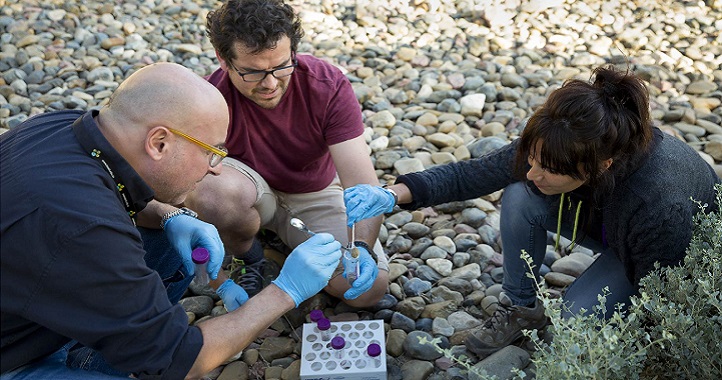
Bioscience
Understanding how bacteria help convert glacier bedrock into soil could help address desertification.
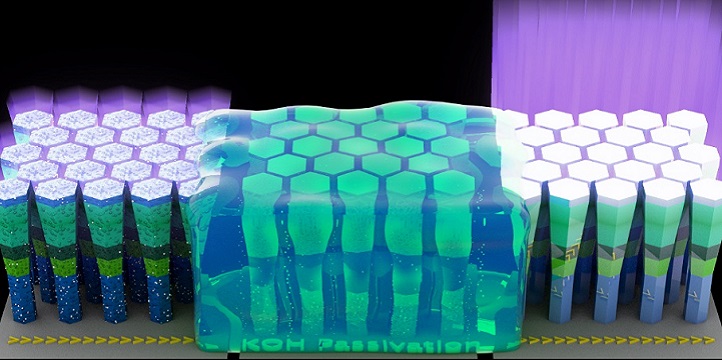
Electrical Engineering
A simple chemical surface treatment improves the performance of nanowire ultraviolet light-emitting diodes.
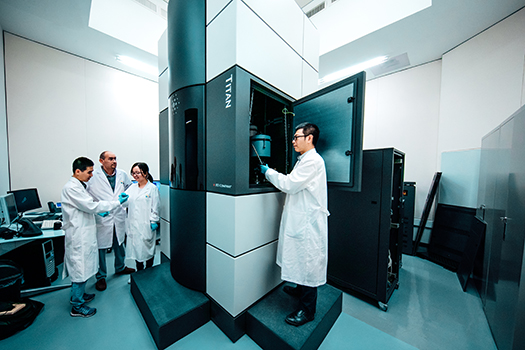
Material Science and Engineering
Materials that normally become damaged inside electron microscopes can now be imaged with atom-scale resolution.
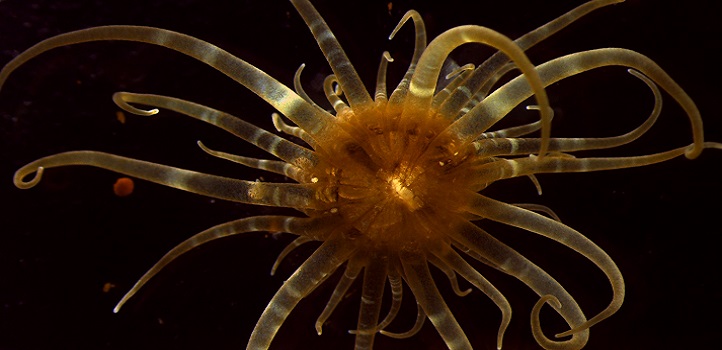
Bioscience
Corals living in highly saline waters may be more tolerant to rising water temperatures.
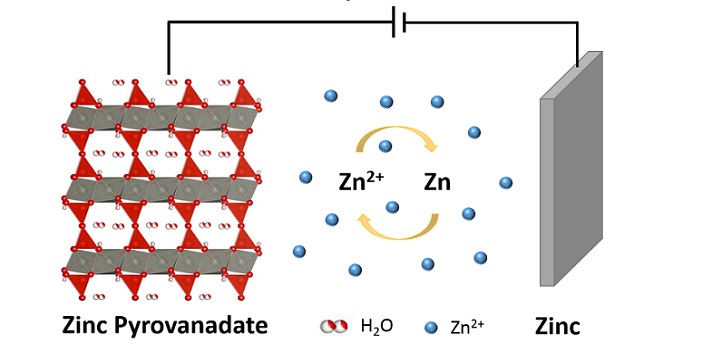
Material Science and Engineering
A technique of microwave synthesis of layered oxides enables high-capacity aqueous zinc-ion batteries.
Statistics
More accurate statistical modeling of extreme weather will improve forecasting and disaster mitigation.

Statistics
A technique that uses the power of computing could solve statistical problems cheaper and faster than current methods.
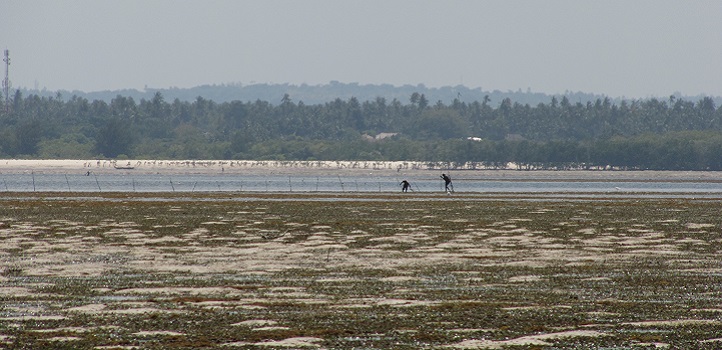
Bioscience
Seagrass meadows play a pivotal role in protecting coasts against rising sea levels.
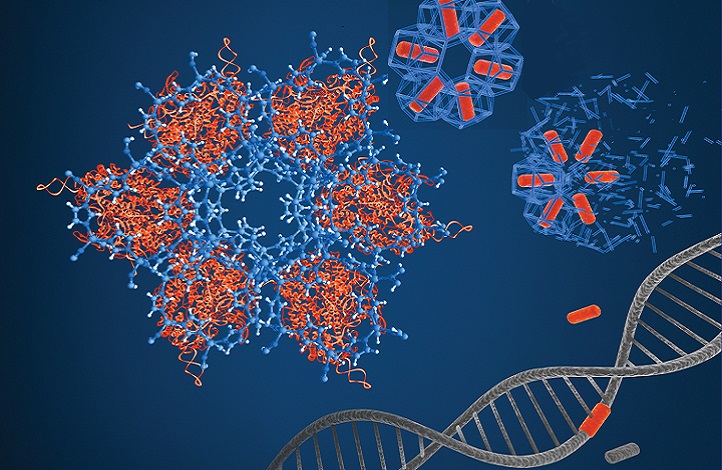
Chemistry
Nanomaterial coating enables efficient delivery of CRISPR-Cas9 machinery into the cell.
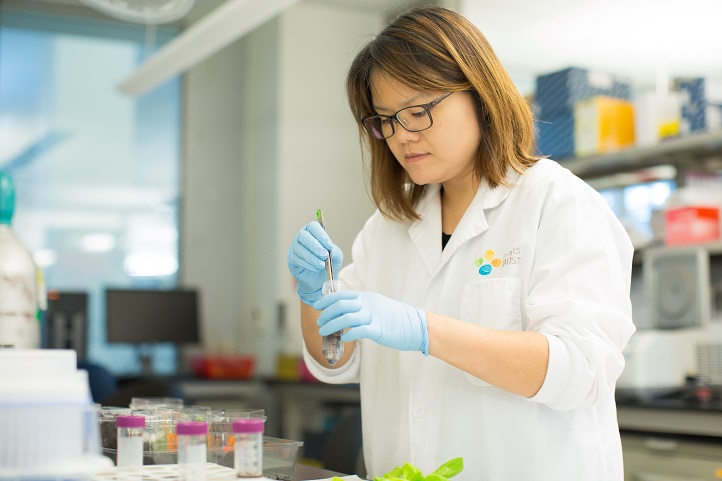
Environmental Science and Engineering
Safety assurance is the first step in bringing valuable wastewater into use, says Peiying Hong.
Chemistry
2017 recipient of the L’Oréal-UNESCO for Women in Science Award Niveen Khashab builds nanoscale ‘miniature machines’ with diverse applications.

Statistics
Ying Sun is a multi-award-winning statistician who is inspired by the value of statistics in solving real-world problems.
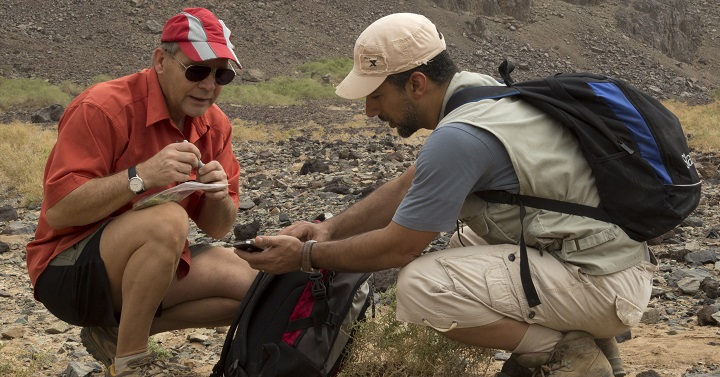
Plant Science
Genetic analyses of a desert bacterium show it could help to improve crop production in arid lands.
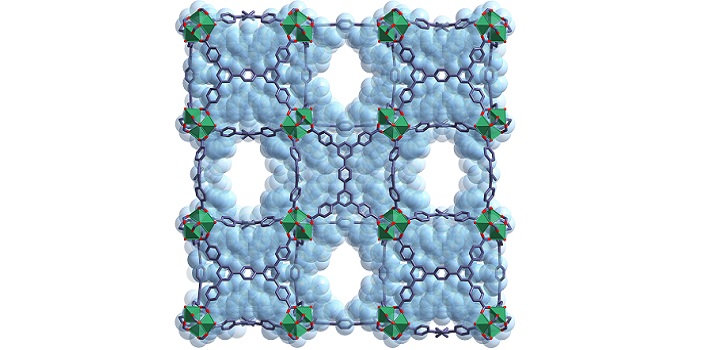
Electrical Engineering
A metal-organic framework that can take up twice its weight in water and then release it when humidity falls.
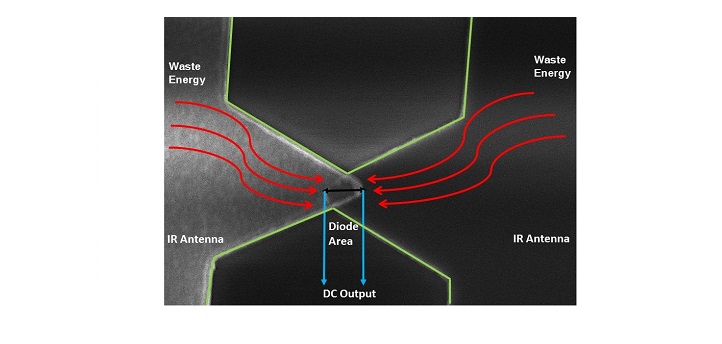
Electrical Engineering
Innovative diode design uses ultrafast quantum tunneling to harvest infrared energy from the environment.

Electrical Engineering
Ultrathin, rigid silicon segments that are wired through interdigitated metal contacts produce ultraflexible high-performance solar cells.
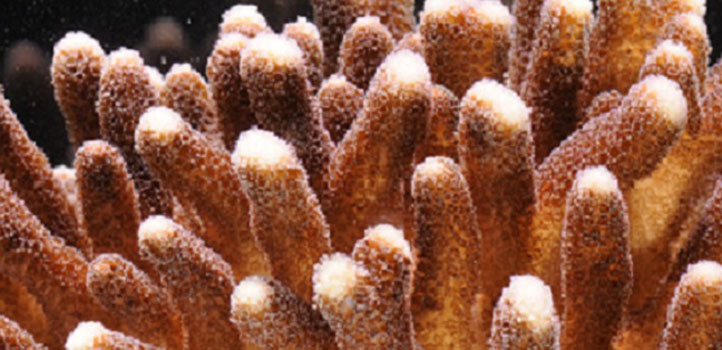
Bioscience
A comparison of the genomes of two species of coral demonstrates unexpected genetic diversity.
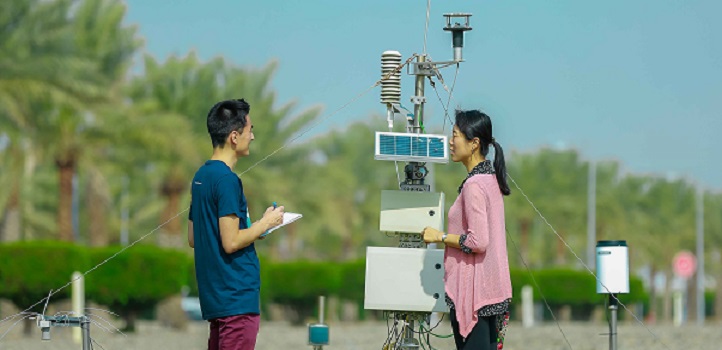
Statistics
A method to visualize hidden statistical structure helps make sense of environmental data.
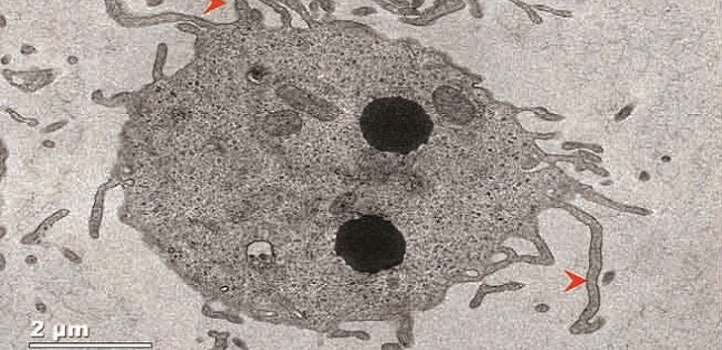
Bioscience
The protein CD34 is predominantly regarded as a marker of blood-forming stem cells but it helps with migration to the bone marrow too.
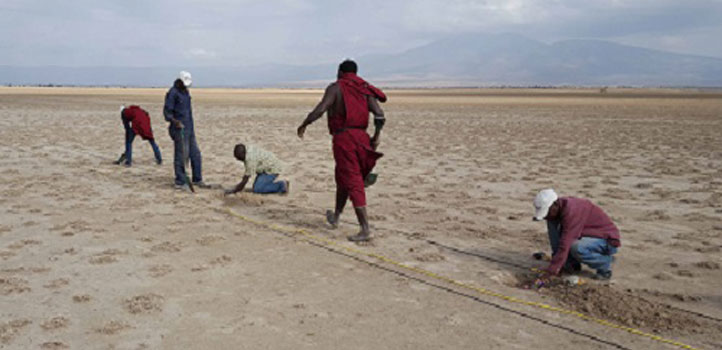
Earth Science and Engineering
Geophysical modeling of one of the world’s most important fossil sites reveals the history of the site where early humankind evolved.
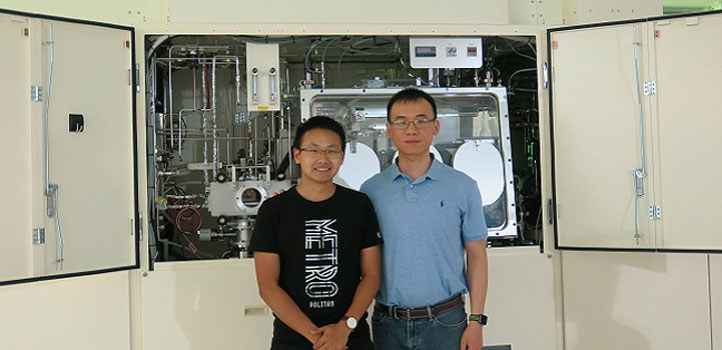
Electrical Engineering
Fine tuning the composition of nitride alloys can further the development of optical and electronic interface devices.
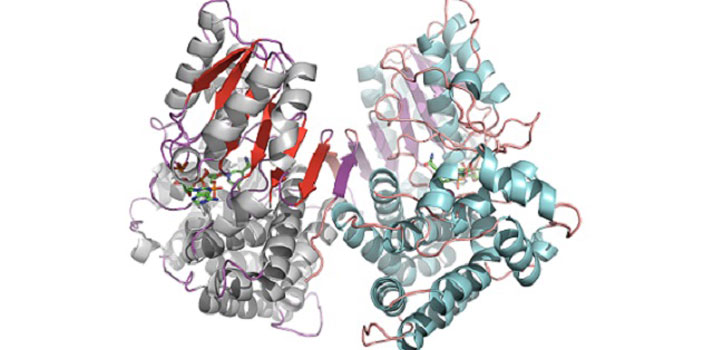
Bioscience
Genomes of single microbial cells isolated from the Red Sea could yield a goldmine for biotechnology.
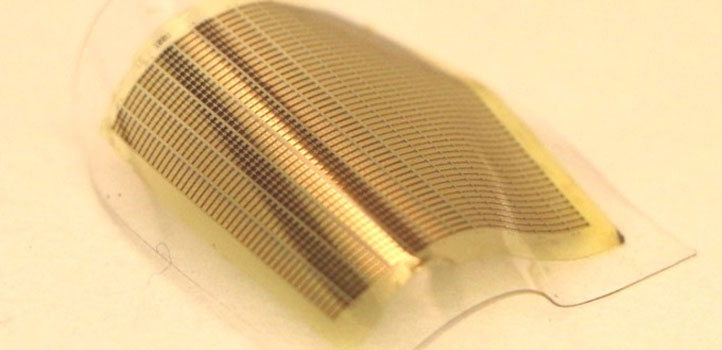
Electrical Engineering
Wavy transistors that vertically gain width without increasing their on-chip footprint could drive future flexible displays.
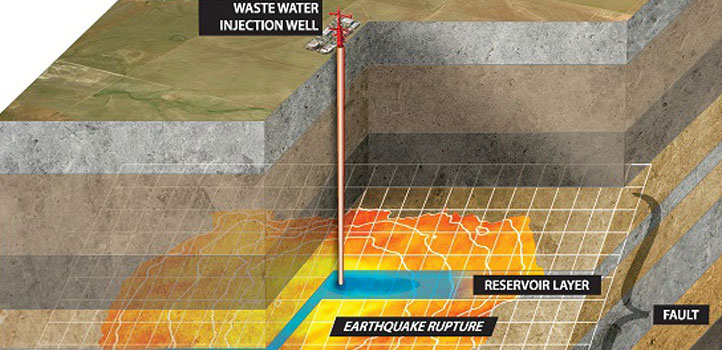
Earth Science and Engineering
A model incorporating the physics of ruptures provides valuable information about human-induced earthquakes.
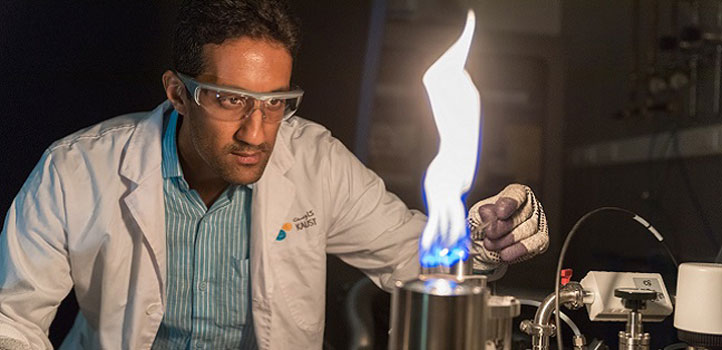
Chemical Engineering
The transition to renewables will take decades, so we must rush to clean up conventional fuel combustion, says Mani Sarathy.
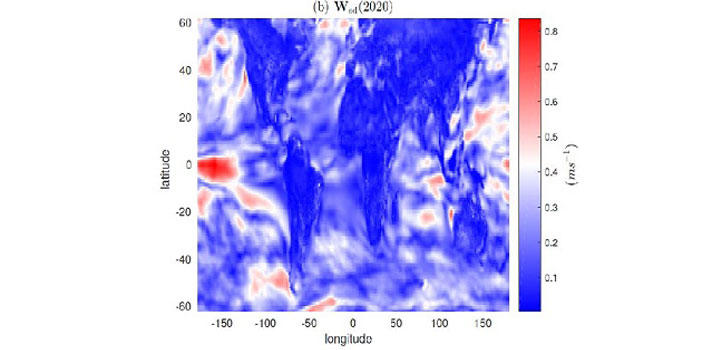
Statistics
A new statistical technique could be used to more accurately locate global wind resources.
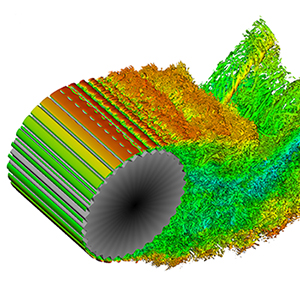
Mechanical Engineering
Theoretical simulations reveal how subtle changes in friction on an object’s surface can have a large effect on drag.
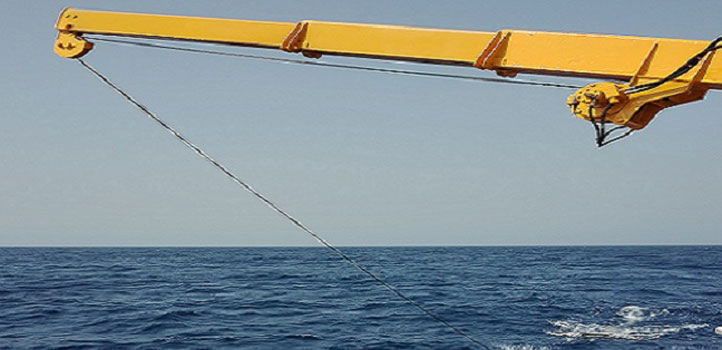
Marine Science
The Red Sea has relatively low amounts of floating plastic debris in its surface waters due to fewer sources or faster removal.
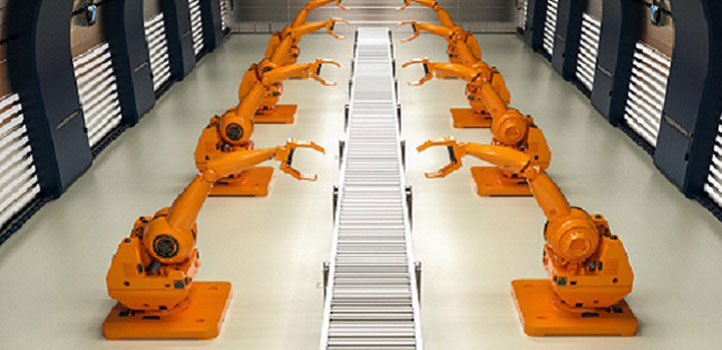
Statistics
Coordinated robot swarms can achieve amazing feats, but even a single faulty unit can have serious consequences.
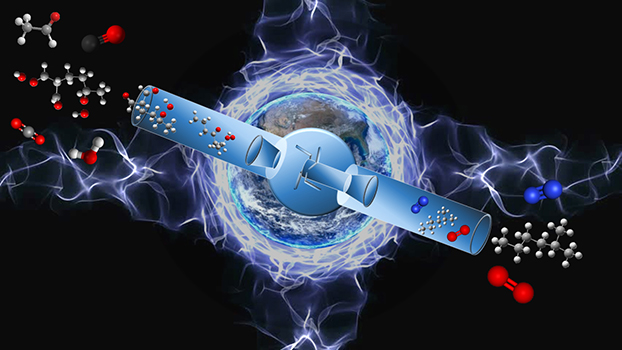
Chemical Engineering
Synchrotron study reveals oxygen’s influence on the chemistry that surrounds us.
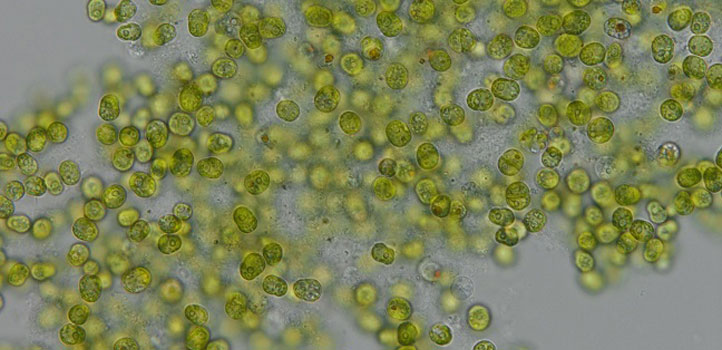
Marine Science
Jumping genes could make an alga, and its coral host, more tolerant to warming sea temperatures.

Electrical Engineering
An easy and reliable assembly approach, inspired by building blocks, challenges the current fabrication of electronic systems.
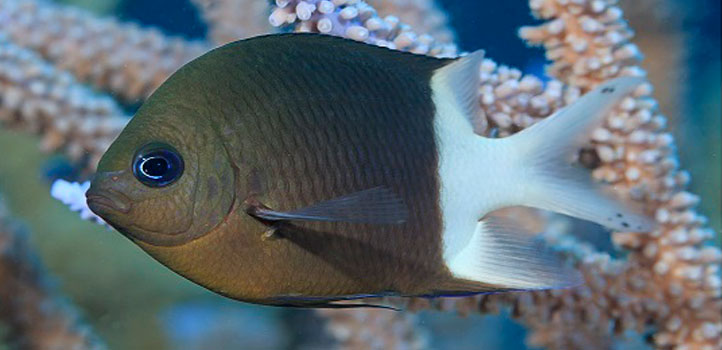
Marine Science
Some species of fish have special adaptive mechanisms that could improve their chances of surviving the greenhouse effect.
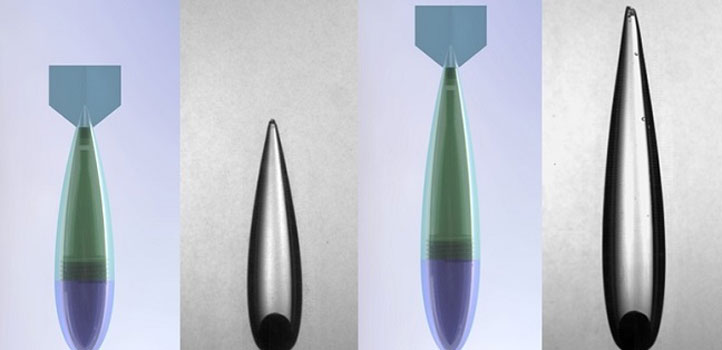
Mechanical Engineering
Creating teardrop-like gas cavities around metal spheres enables practically friction-free travel through liquids.

Environmental Science and Engineering
Trapping molecules on custom-designed porous surfaces becomes easier with a new model that unifies previous theories of adsorption.
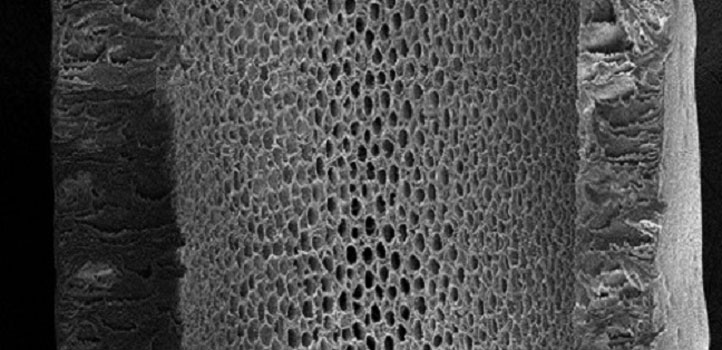
Environmental Science and Engineering
Tailor-made membranes offer a cleaner method for the industrial-scale separation of chemical mixtures, says Suzana Nunes. But first we need to make their manufacture greener.

Mechanical Engineering
Silicon microelectronics and biomedical fields could benefit from a safe and cost-effective way to synthesize nanoparticles.
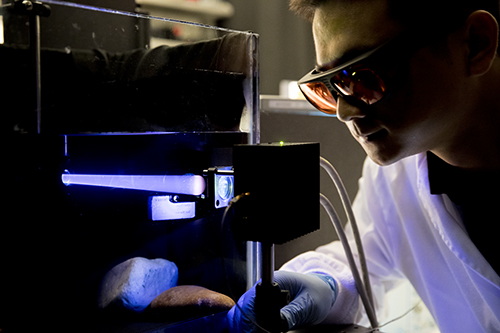
Electrical Engineering
High-speed communication systems based on ultraviolet radiation are now in sight.
Marine Science
A new soil classification system, and tools to implement it, helps understanding of the properties of the ground underpinning geo-engineering projects.
Material Science and Engineering
Large-area, two-dimensional semiconductors wired through transparent oxide conductors produce high-performance see-through electronics.

Applied Mathematics and Computational Sciences
A loudspeaker design could allow small devices to produce powerful low-frequency sounds.

Mechanical Engineering
Simple two-component mixtures are good surrogates for studying the ignition properties of next-generation gasolines.

Chemical Engineering
Cone-shaped sugar structures can be connected together to form selectively porous nanofiltration membranes.

Earth Science and Engineering
Physicists are playing unexpected roles in meeting future global energy challenges by modeling technologies such as fracking.

Earth Science and Engineering
Study design allows more rigorous evaluation of complex healthcare interventions.
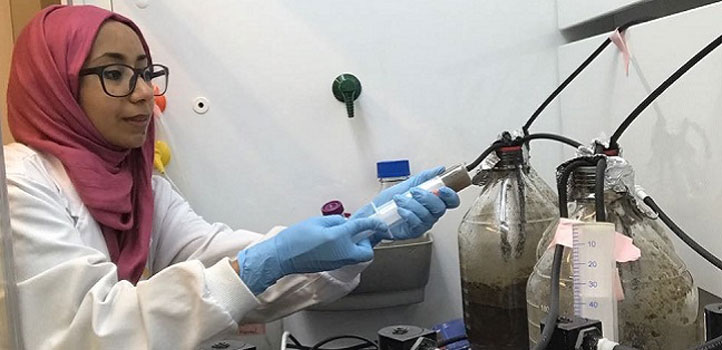
Environmental Science and Engineering
Treating wastewater with solar irradiation shows promise in reducing two E. coli strains but a resilient strain persists.
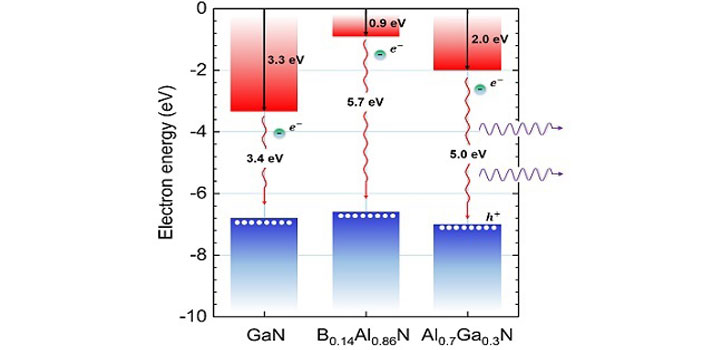
Marine Science
Efficiency gains come from tuning the properties of semiconducting materials by combining layers of different composition.
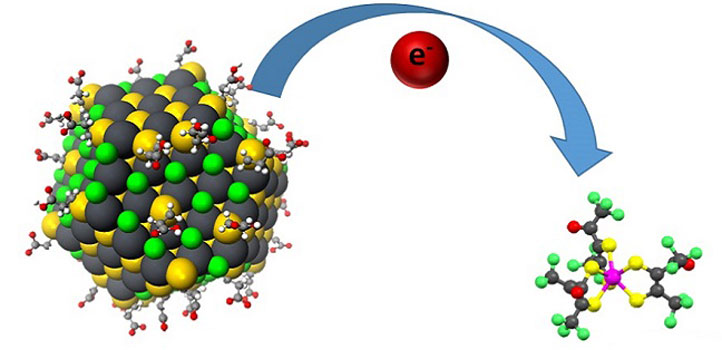
Material Science and Engineering
A mild post-fabrication doping approach can boost the solar conversion of quantum dot-based photovoltaic cells.
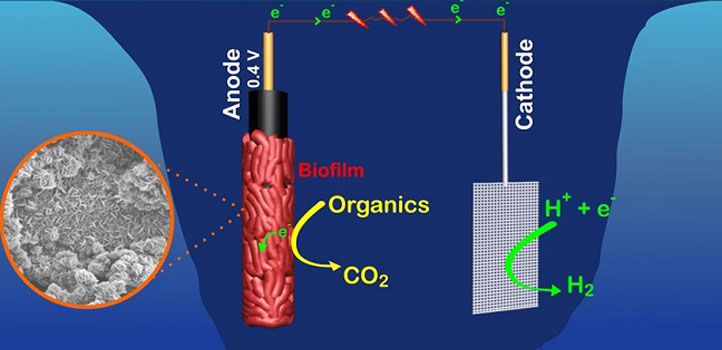
Environmental Science and Engineering
Promising electrochemical technologies for cleaning wastewater are boosted by discovery of extremophilic microbes in the Red Sea.
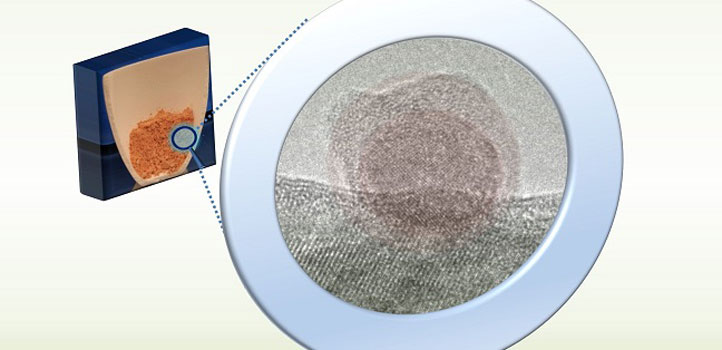
Electrical Engineering
A method for creating nanoparticles without using solvents could lead to environmentally friendly electronics.

Statistics
Study of the mismatch between spatial environmental data and a commonly used statistical analysis suggests simpler statistics are sufficient in many cases.
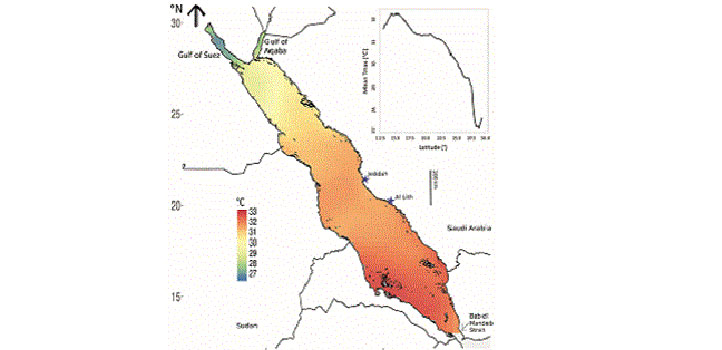
Marine Science
The world’s warmest sea is heating up faster than the global average, which could challenge the ability of the Red Sea’s organisms to cope.

Statistics
A powerful statistical tool could significantly reduce the burden of analyzing very large datasets.

Electrical Engineering
Redesigned lithium-ion batteries could help improve the efficiency of orthodontic devices.
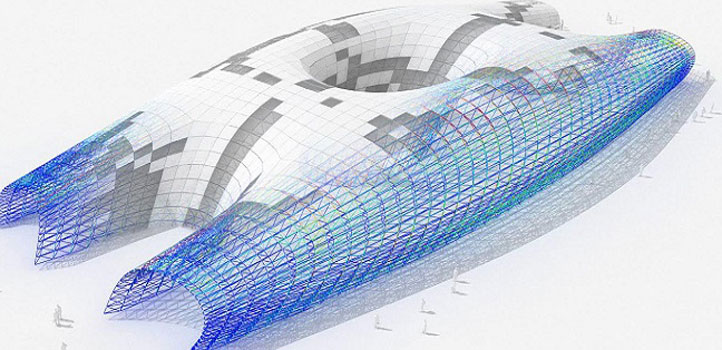
Computer Science
A new computational framework marries ideas from computer graphics with civil engineering to reduce times and costs of constructing frame-based structures.

Marine Science
A combination of morphological and molecular approaches gives researchers a first glimpse of Red Sea larval fish communities.
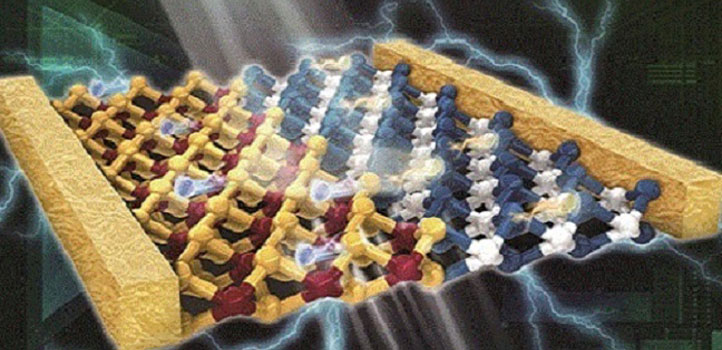
Electrical Engineering
The side-by-side deposition of atomically flat semiconductor sheets enhances solar cell conversion efficiency.

Earth Science and Engineering
Wind turbines suspended high in the sky have potential as an alternative power source for Saudi Arabia.

Marine Science
Microbes are dispersed widely over the oceans with islands acting as stepping-stones to help transport of land-based organisms.

Statistics
A statistical technique for modeling large datasets improves interpretation of climate and environmental data.
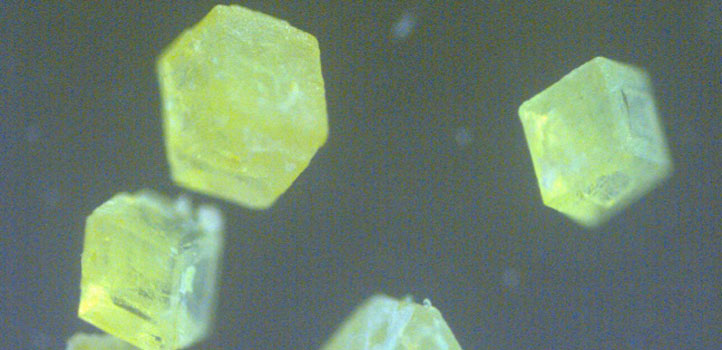
Material Science and Engineering
A perovskite crystal’s powerful light-emitting capabilities could be due to missing atoms in its structure.
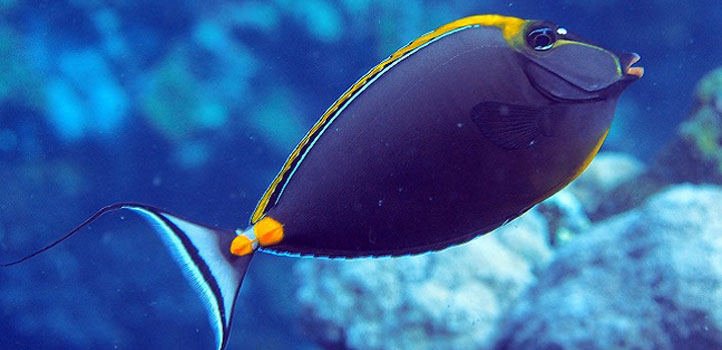
Marine Science
Symbiotic giant bacteria enable Red Sea surgeonfish to specialize their diets.
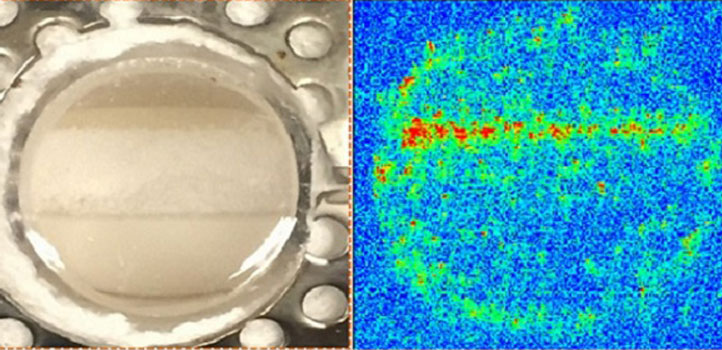
Electrical Engineering
The molten surface of a sodium-based material could assist the direct conversion of methane to useful building blocks.
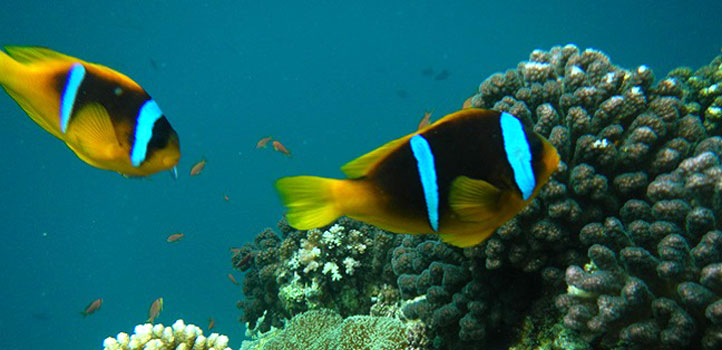
Marine Science
Satellite imagery shows how currents shape the Red Sea ecosystem.
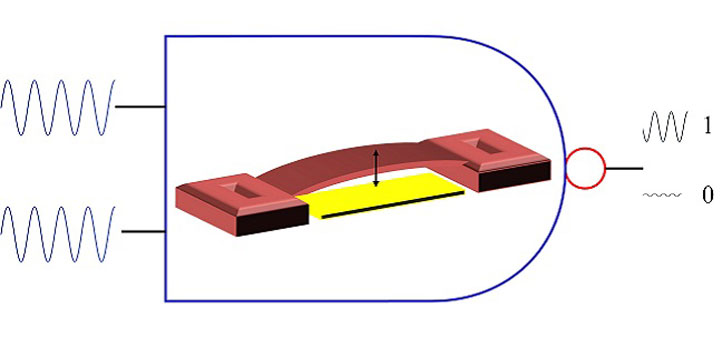
Mechanical Engineering
A vibration-driven logic gate could form the basis for the next generation of efficient, low-power computers.